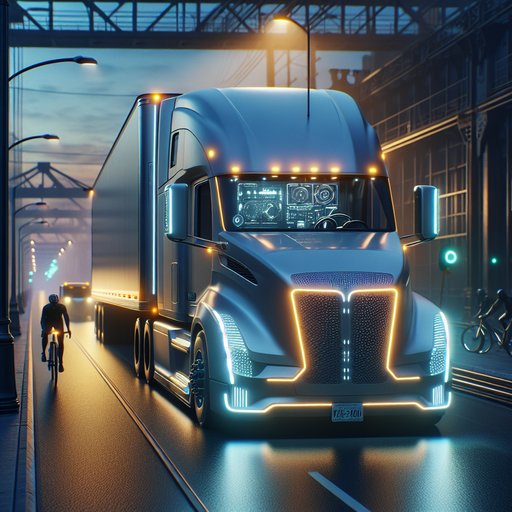
Rally spectators form a distinctive subculture that treats remote forests, mountains, and deserts as grandstands. They tolerate weather, long hikes, and limited amenities to watch cars at full speed on natural roads—often just meters away—while respecting strict safety rules that keep the sport accessible.

A 1,600–1,900 km loop from Marrakech threads kasbah towns to the sands of Erg Chebbi and Erg Chigaga in late October, when days run 10–11 hours and desert highs sit near 24°C. Three 4x4s travel as a convoy, mixing paved valleys and classic pistes like Lac Iriki. The plan hinges on clear convoy rules, sand driving basics, and practical logistics in places like Ouarzazate, Tinghir, Rissani, Zagora, and M’Hamid. Fuel, cash, and water dictate pace; wind and flash-flooded wadis dictate route. The goal is simple: keep margins wide and connect Morocco’s fortified mud-brick towns to its open ergs safely.

Le Mans keeps its history alive with a steady cadence of anniversaries, historic races, and museum showcases that connect the modern Hypercar era to a century of endurance lore. The 2023 centenary set the tone with record crowds, parades of past winners, and curated exhibitions, while the Le Mans Classic revived legendary grids across the eras. The ACO’s museum has extended the storytelling with rotating displays that trace technology, safety, and strategy from Bentley and Bugatti to hybrid Hypercars. Beyond the circuit, festivals and salons in France and the UK have staged Le Mans-themed lineups, underscoring how the 24 Hours remains a cultural touchstone as much as a race.

Heavy-duty trucks are rolling out a new safety stack that is already reshaping accident statistics and driver workloads. From automatic emergency braking and blind-spot detection to direct-vision cabs and AI-driven driver monitoring, systems once confined to pilot programs are now standard kit on long-haul tractors and urban rigids. In the EU, mandates that took effect in July 2024 are accelerating adoption, while U.S. fleets lean on proven systems such as electronic stability control and increasingly spec forward-collision tech. Insurers and shippers say the improvements are reducing claims, downtime, and near-miss events in busy freight corridors. The next wave—vehicle-to-everything alerts and smarter trailer integration—promises to widen the safety net without slowing freight.